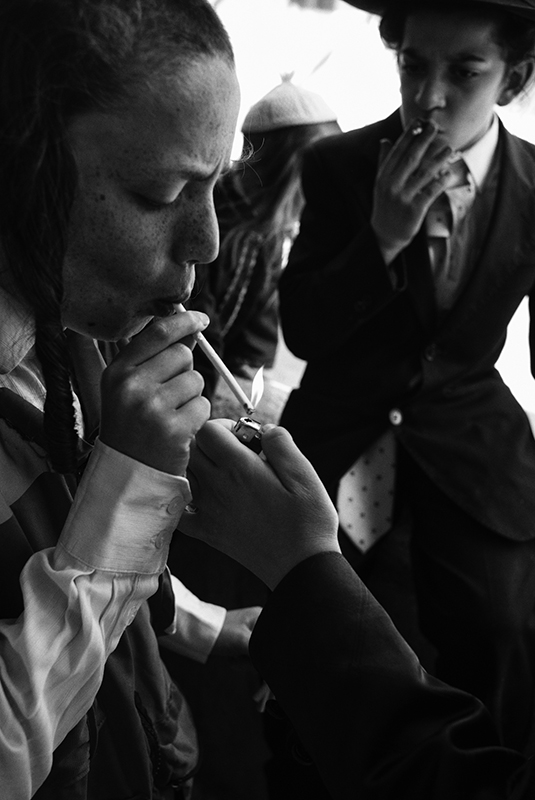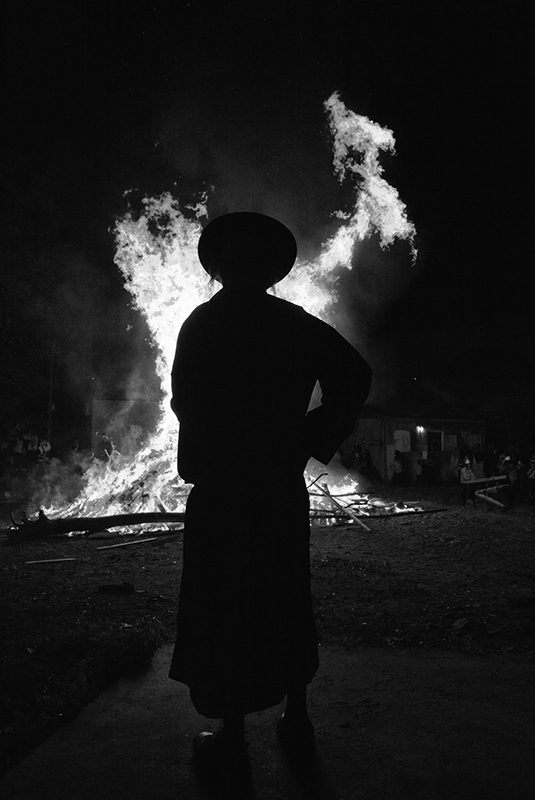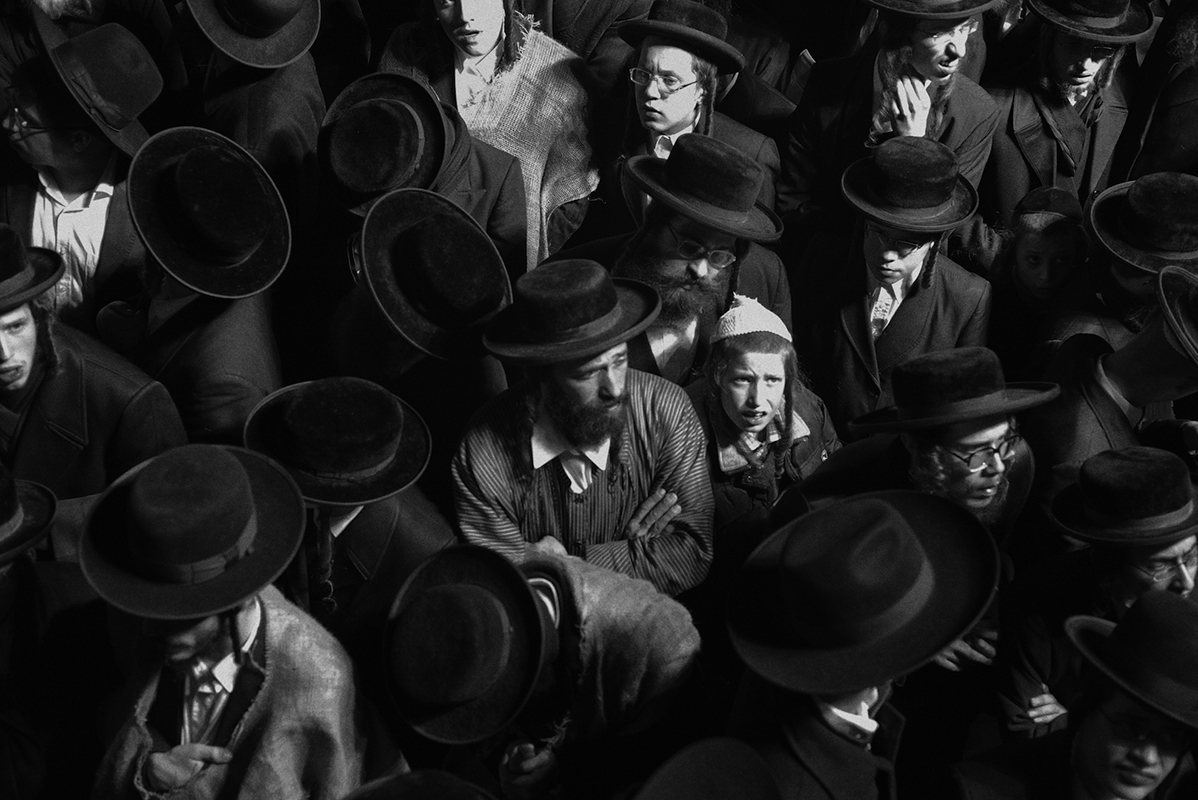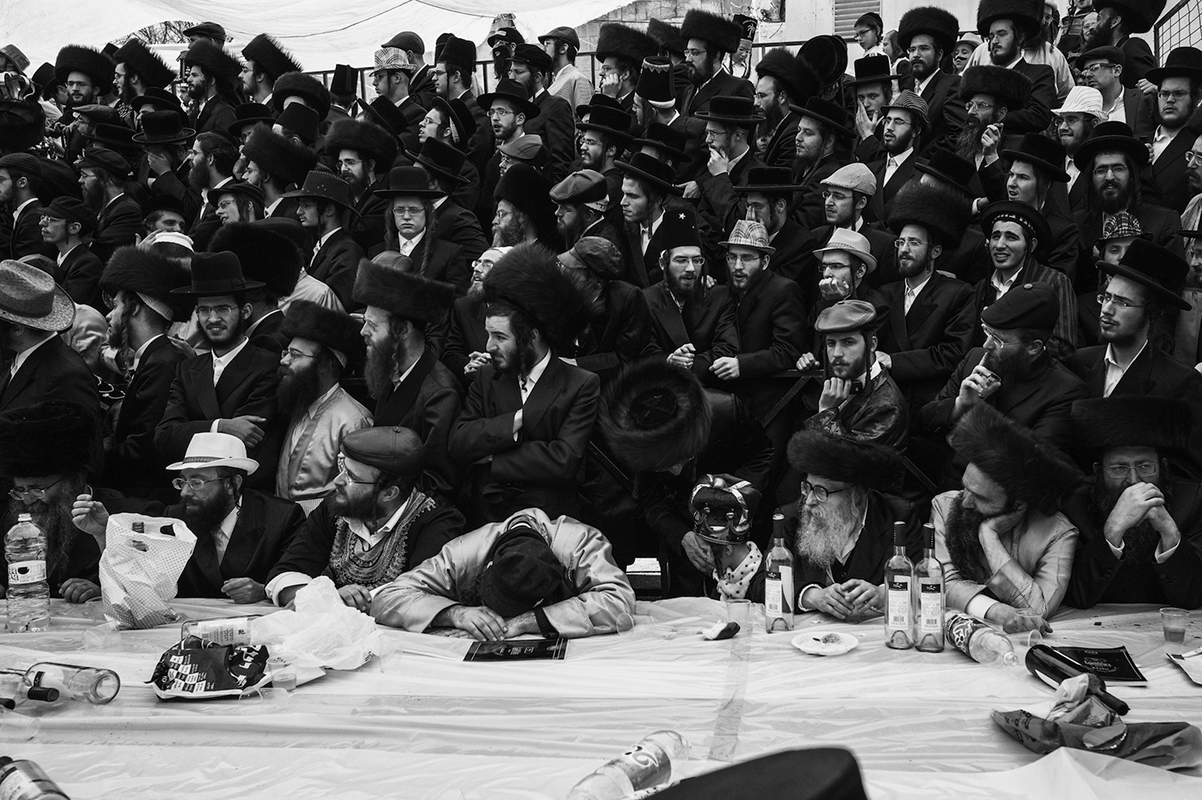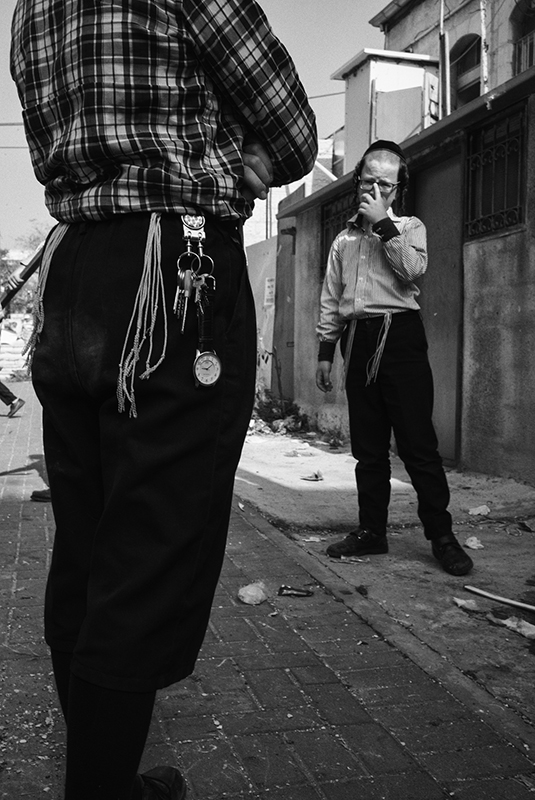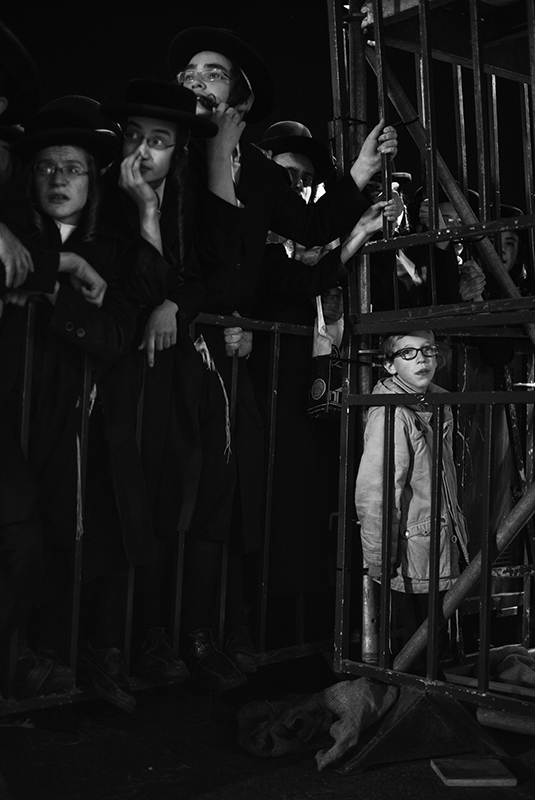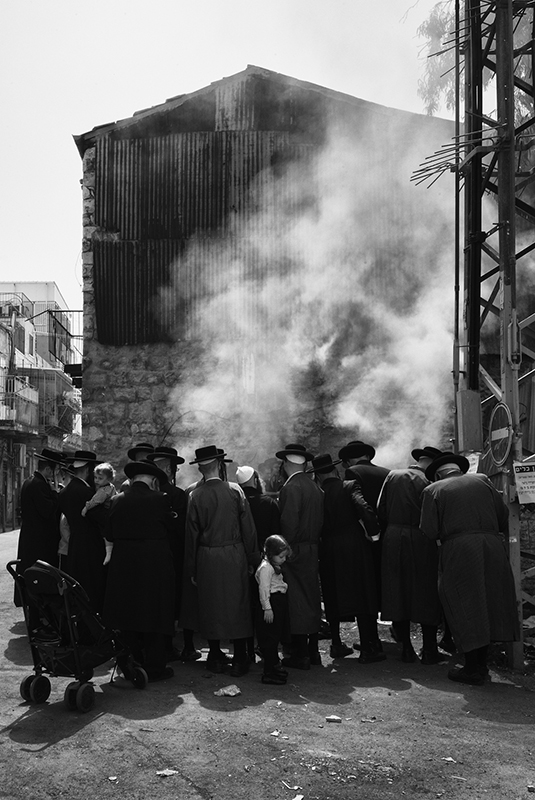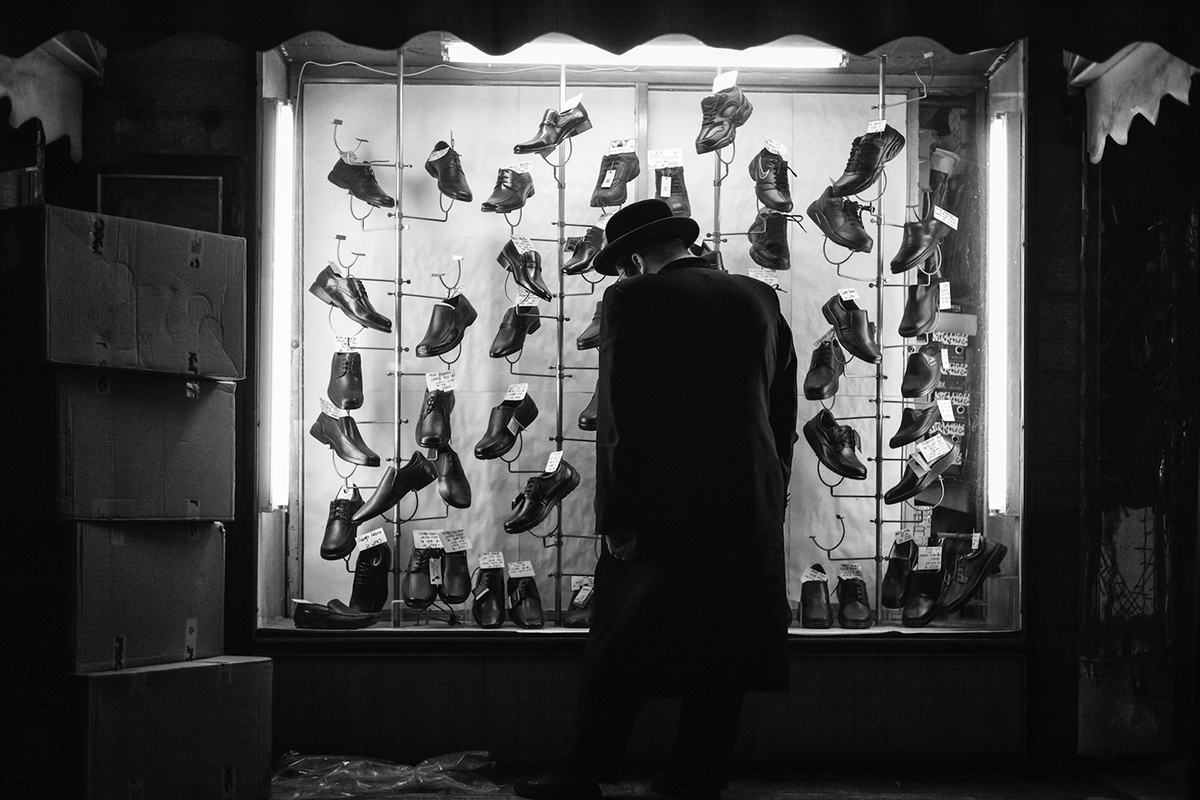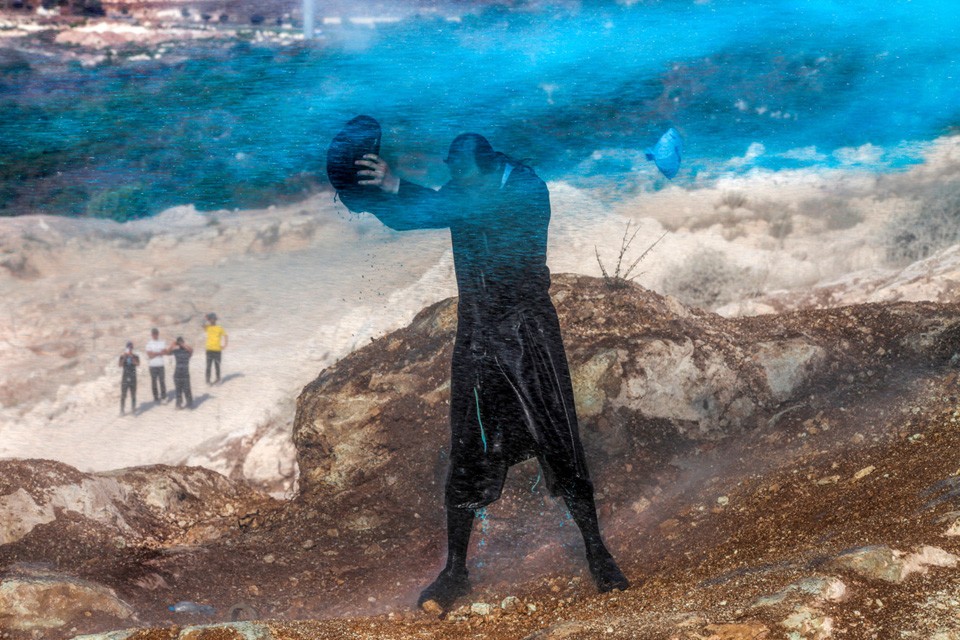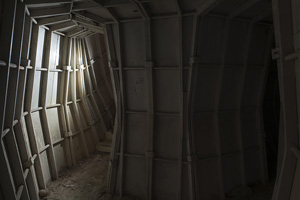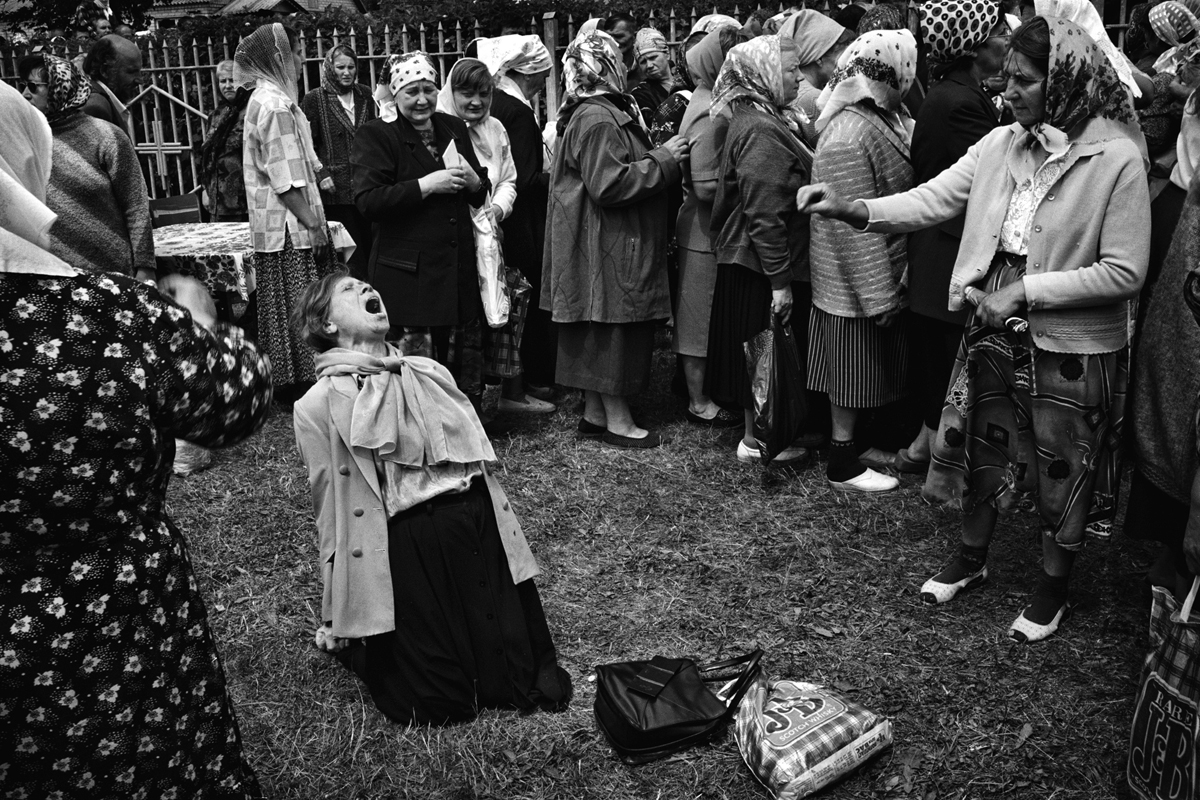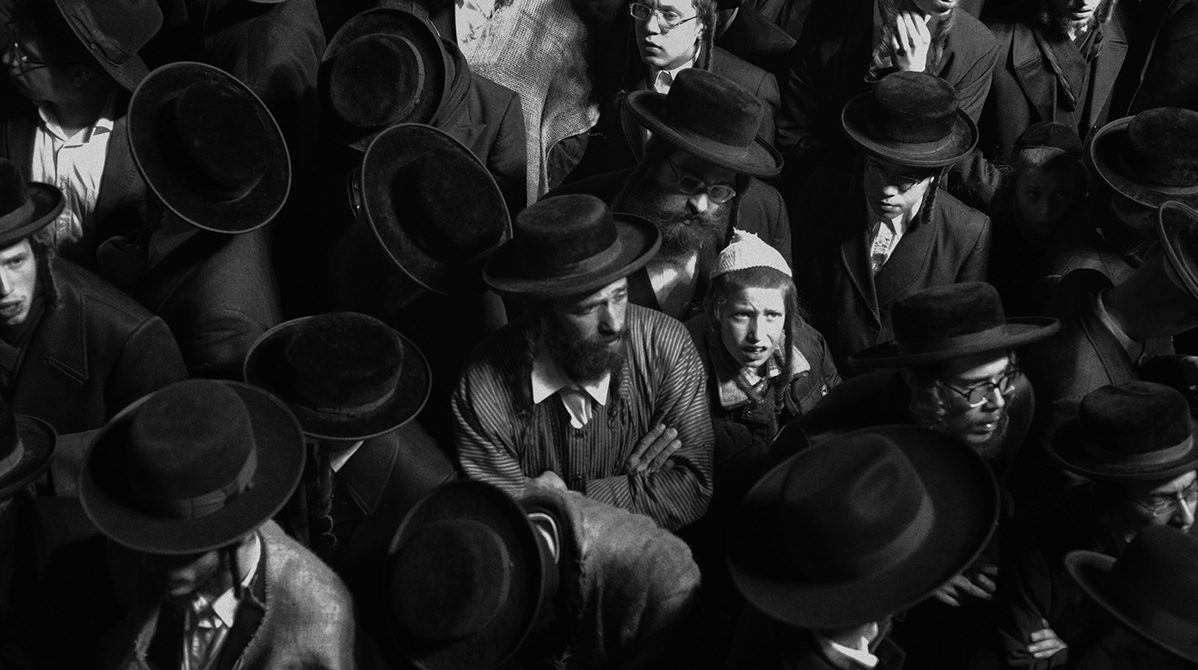
Mea Shearim: The Life of the Ultra Orthodox District of Jerusalem
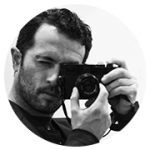
Born in Jerusalem. In 2011, completed his B.A. from the open university of Israel in Humanities. In 2014, began working on a multi-layered project regarding religion in Jerusalem. His work has won numerous awards including at competitions from Magnum Photos and LensCulture, and is exhibited in galleries across the world.
— Mea Shearim was established in 1874 as the fifth settlement outside the walls of the Old City of Jerusalem. Its name is derived from a verse in the weekly Torah portion that was read the week the settlement was founded: “Isaac sowed in that land, and in that year he reaped a hundredfold (מאה שערים , Mea Shearim); God had blessed him” (Genesis 26:12).
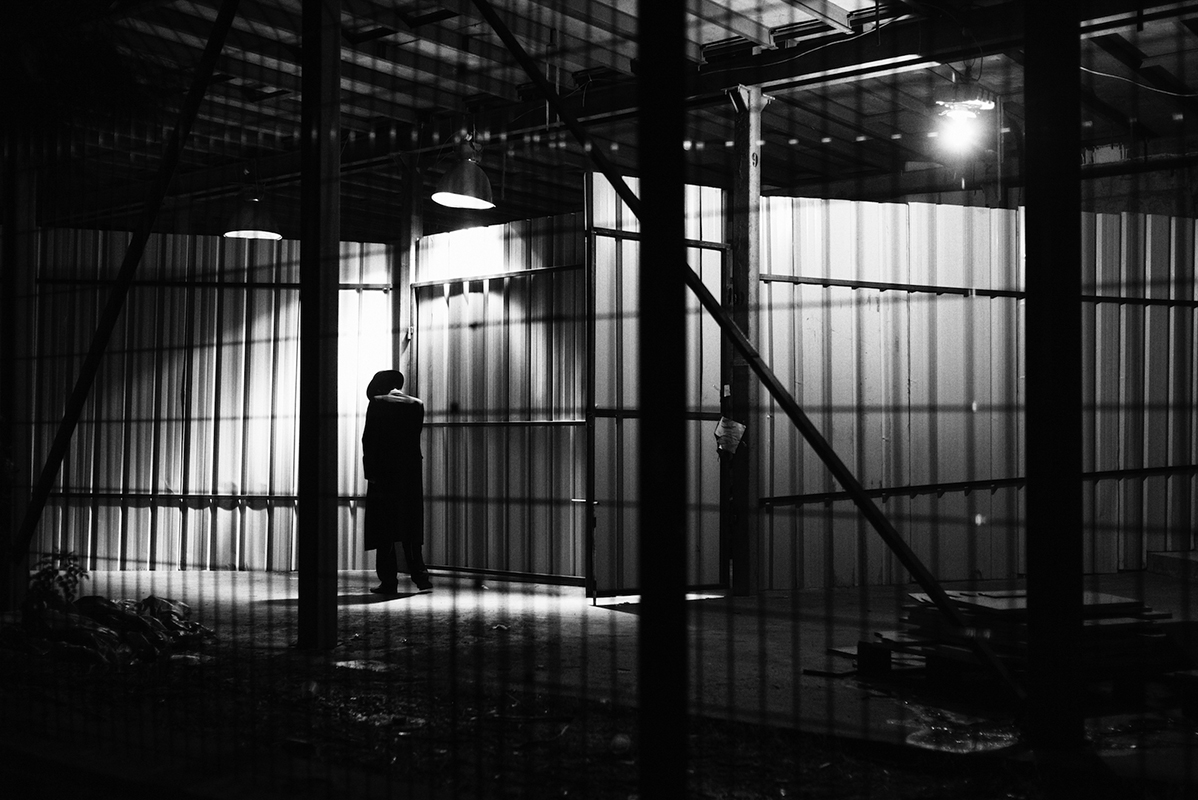
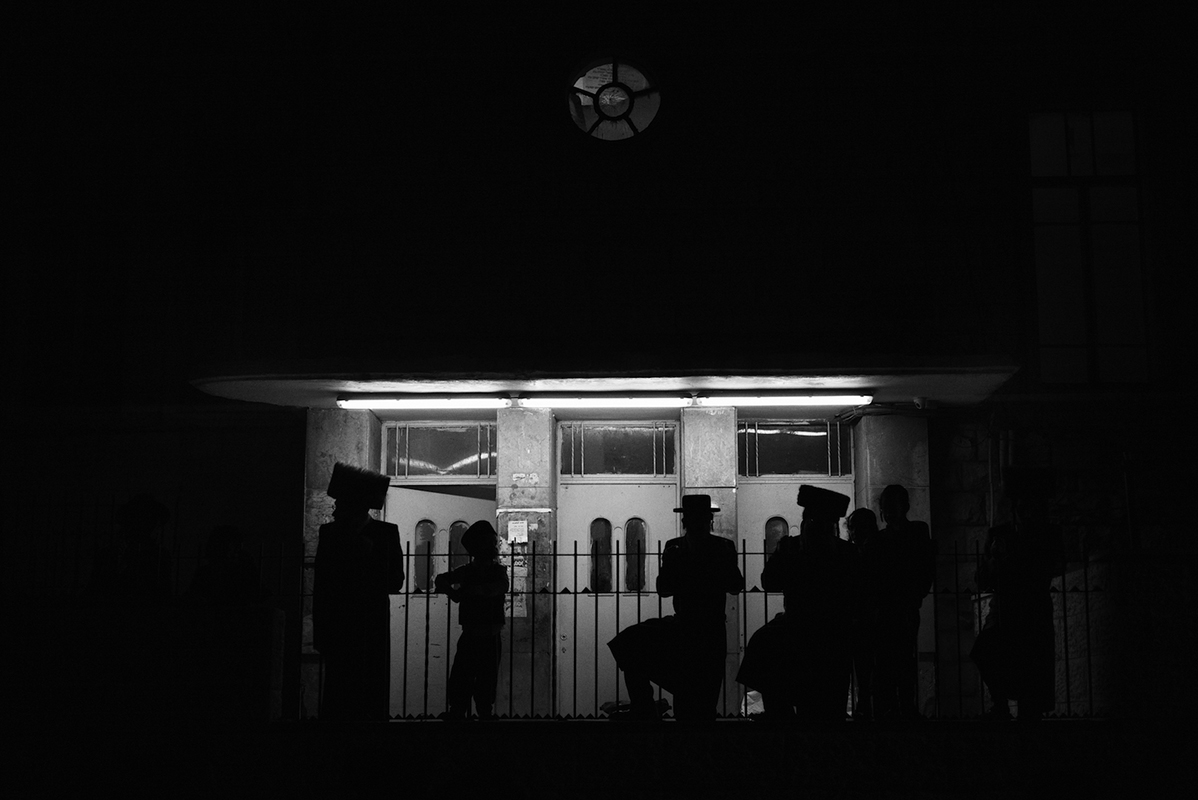
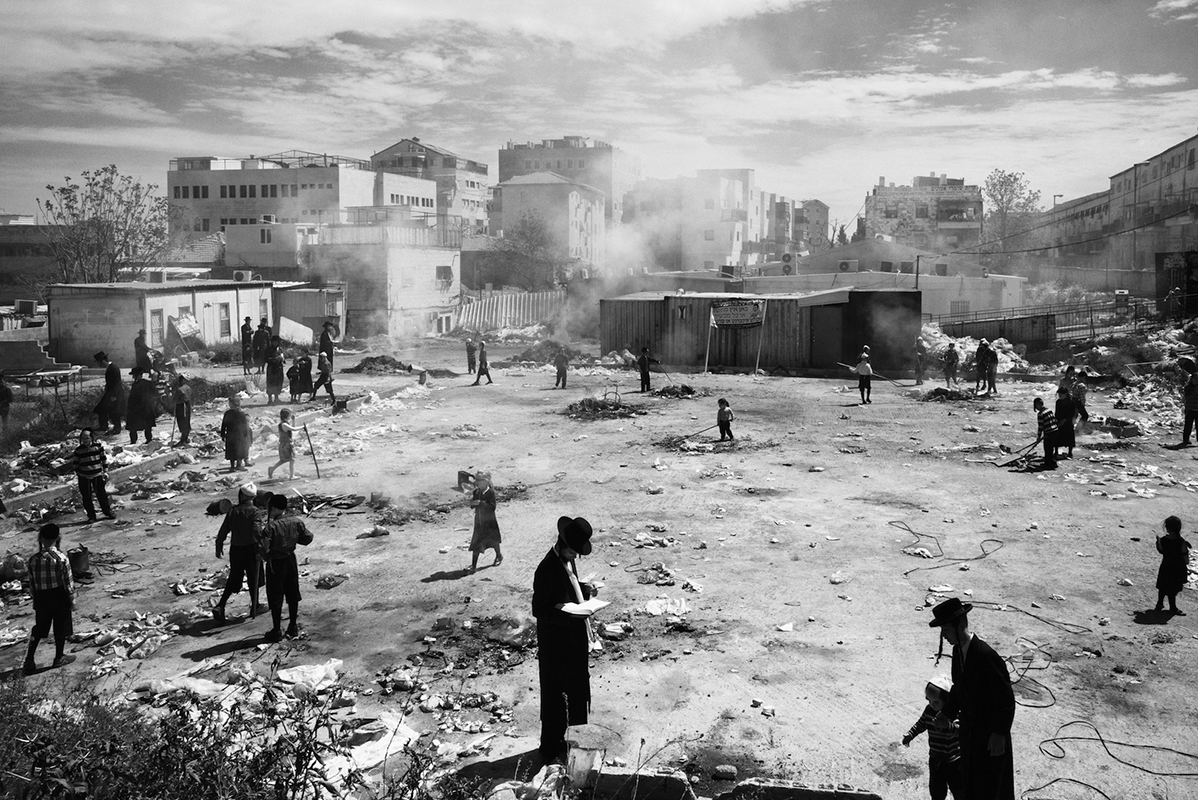
Mea Shearim remains loyal today to its old customs and preserves its isolation in the heart of Jerusalem while trying to stave off the modern world. At the entrance to the quarters, there is barbed wire and signs such as “Follow the rules of decency in behavior and clothing.”
The life of the Hassidic community revolves around strict adherence to Jewish law, prayer, and the study of Jewish religious texts. People here don’t use TV, smartphones, Internet, or text messages — although they do have radio and old mobile phones. The religious ban on contraception remains strict though, that’s why many families have at least 5 to 10 children. Ultra Orthodox Jews strictly observe Sabbath — it may be literally unsafe to drive into the district in a car on Saturday.
The district is, in a way, frozen in time. The numerous renovations of houses at the end of the 20th century hardly affected the appearance of the neighborhood. Houses that were built over one-hundred years ago stand alongside a few new ones.
People who live here don’t go to work — women are busy with household duties and men think that their labor is to study religious texts every day. In addition to some well-to-do families there are also many needy ones, which are helped by the government (that doesn’t tax the Hassidic population) and local charity institutions. That’s why, many Jews from other districts who are not so religious consider people who live in Mea Shearim freeloaders.
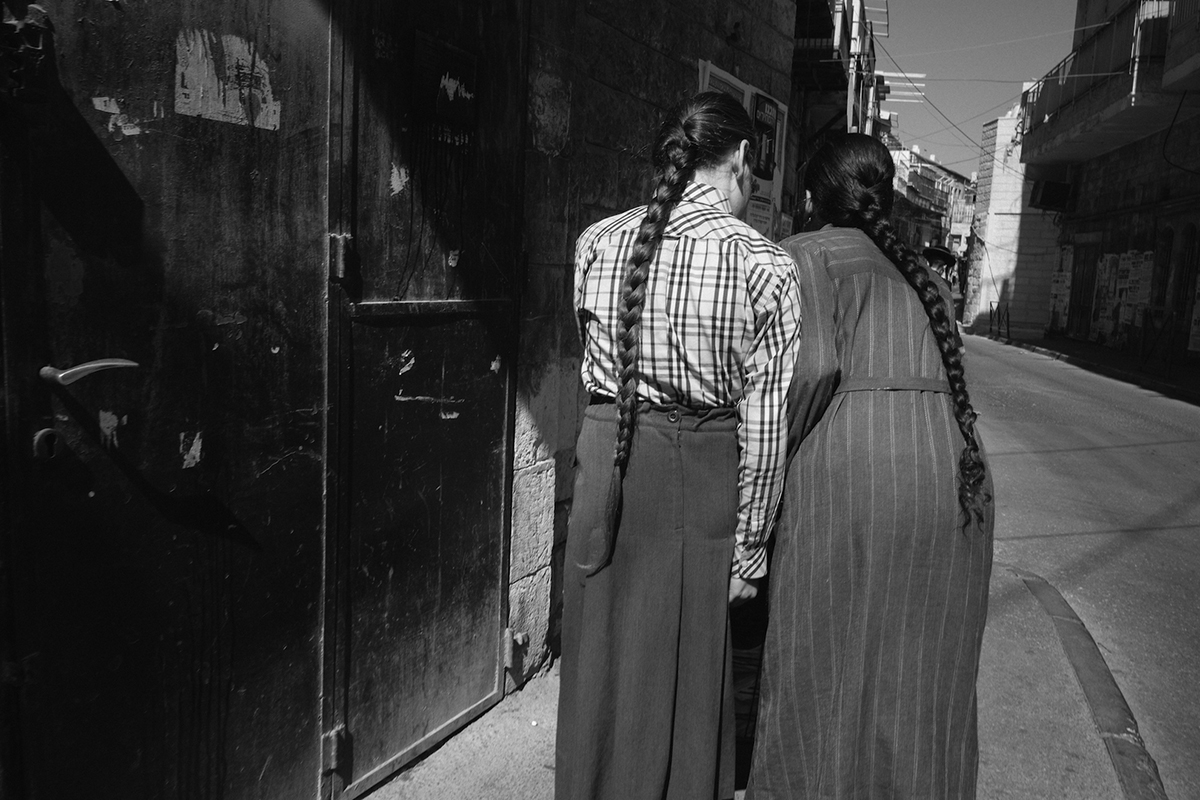
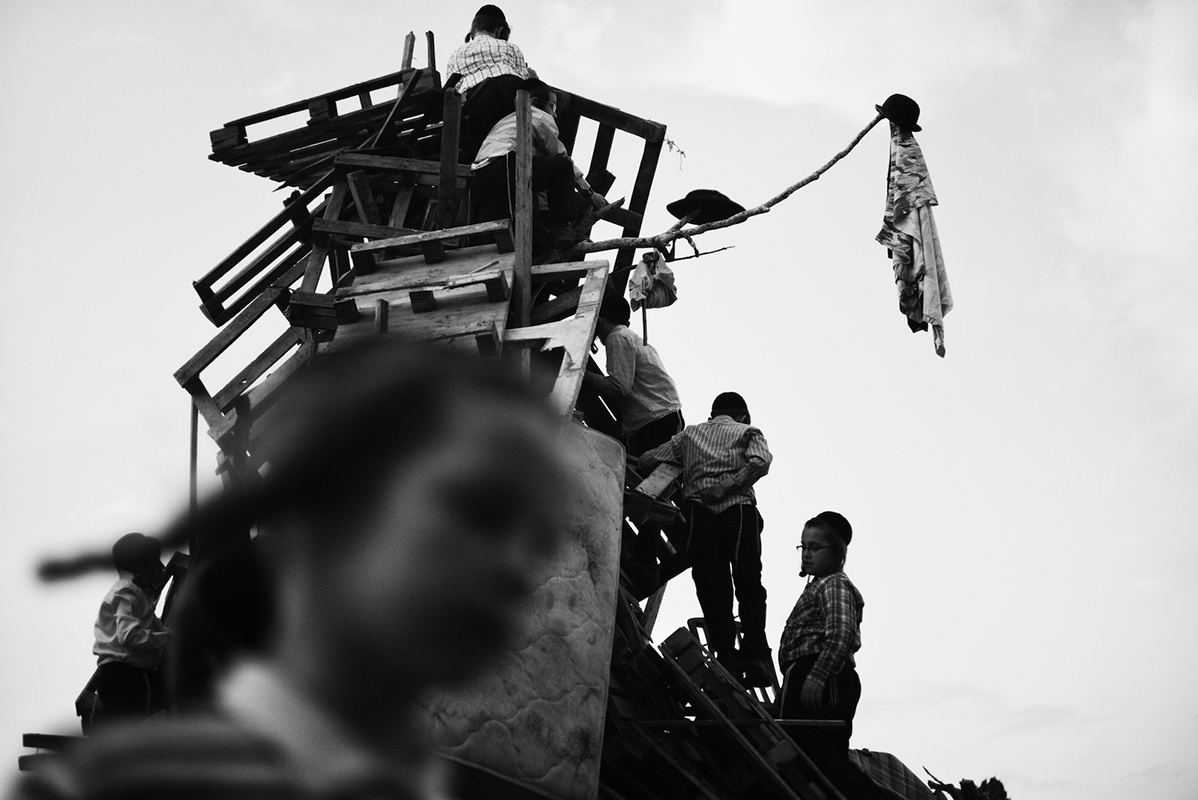
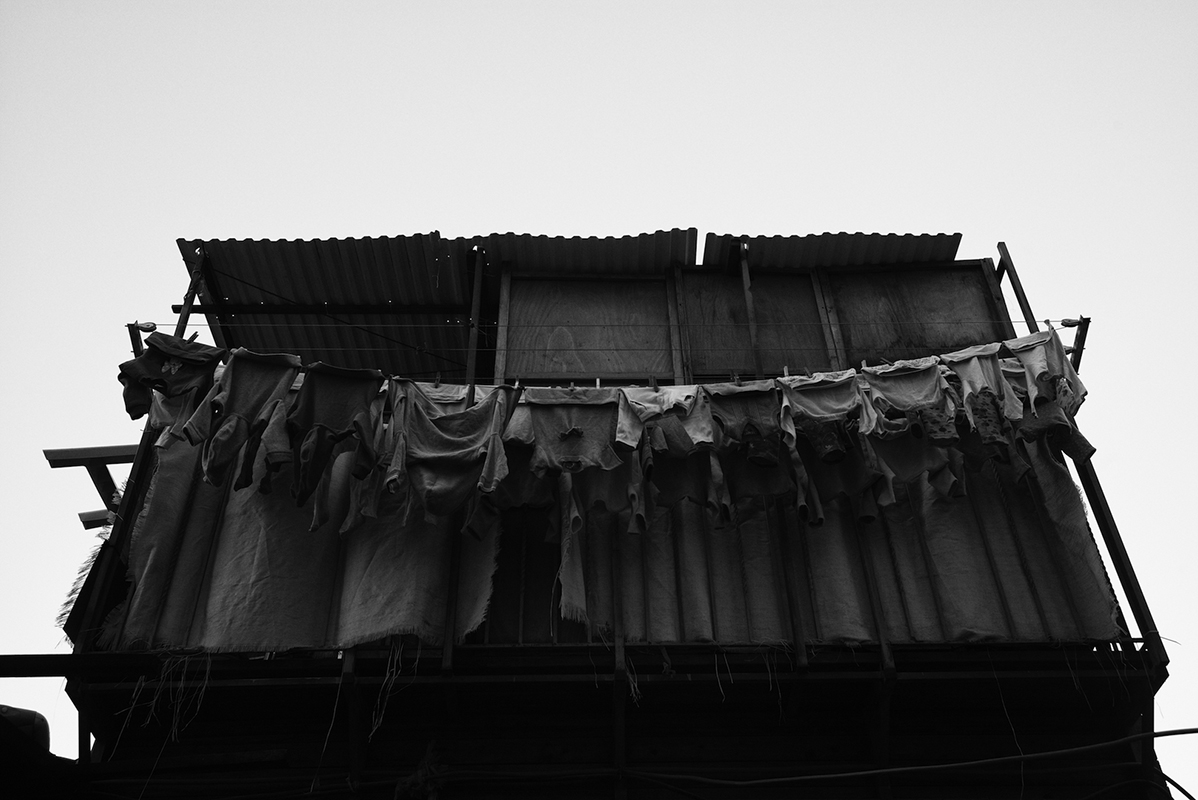
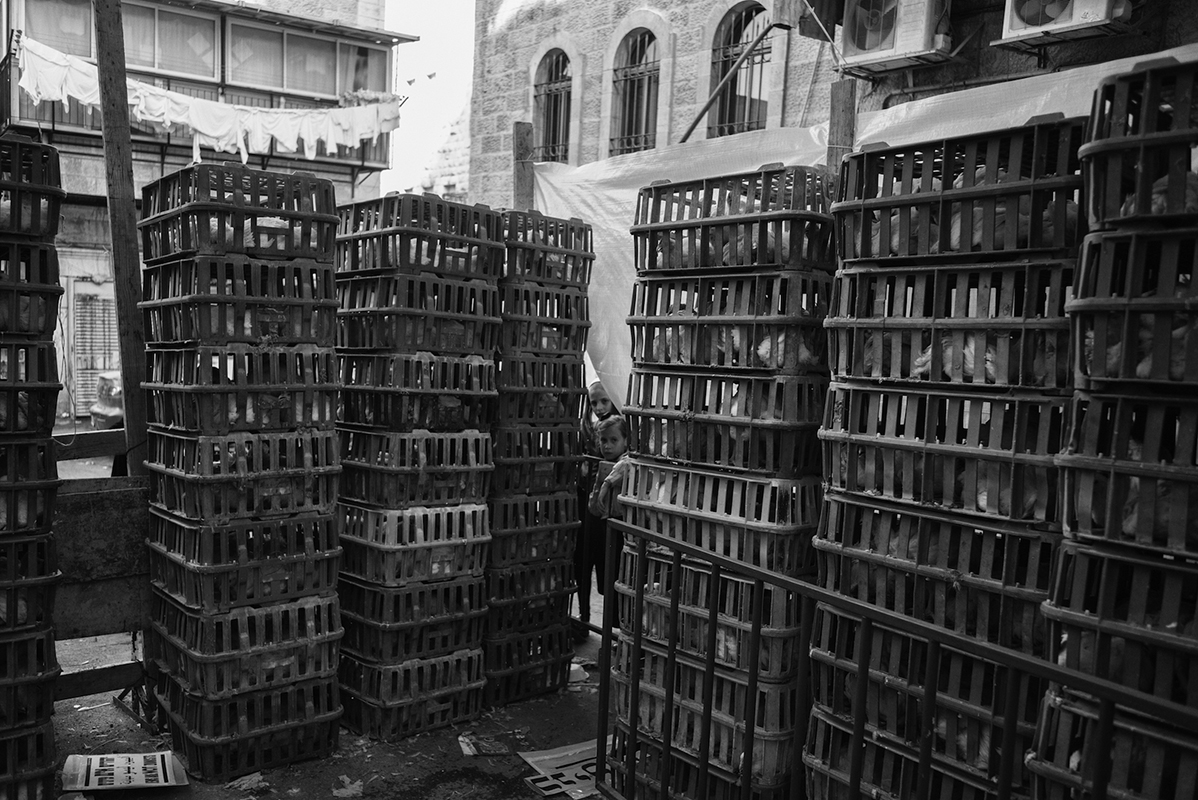
The traditional dress code remains in effect here; for men and boys it includes black frock coats and black hats. Long, black beards cover their faces and many of them grow side curls called ‘payots’. Women and girls are urged to wear what is considered to be modest dress – knee-length or longer skirts, no plunging necklines or midriff tops, no sleeveless blouses or bare shoulders. Some women wear thick black stockings all year long, and married women wear a variety of hair coverings, from hats to wigs and headscarves — some of them think though that wearing a wig is also a sin.
The common language of daily communication in Mea Shearim is Yiddish, in contrast to the Hebrew spoken by the majority of Israel’s Jewish population. Hebrew is used by the residents only for prayer and religious study, as they believe that Hebrew is a sacred language to be used only for religious purposes.
This is the story of the ongoing battle between the old and the new, the past versus the present, this is the everyday life of a city within a city.
